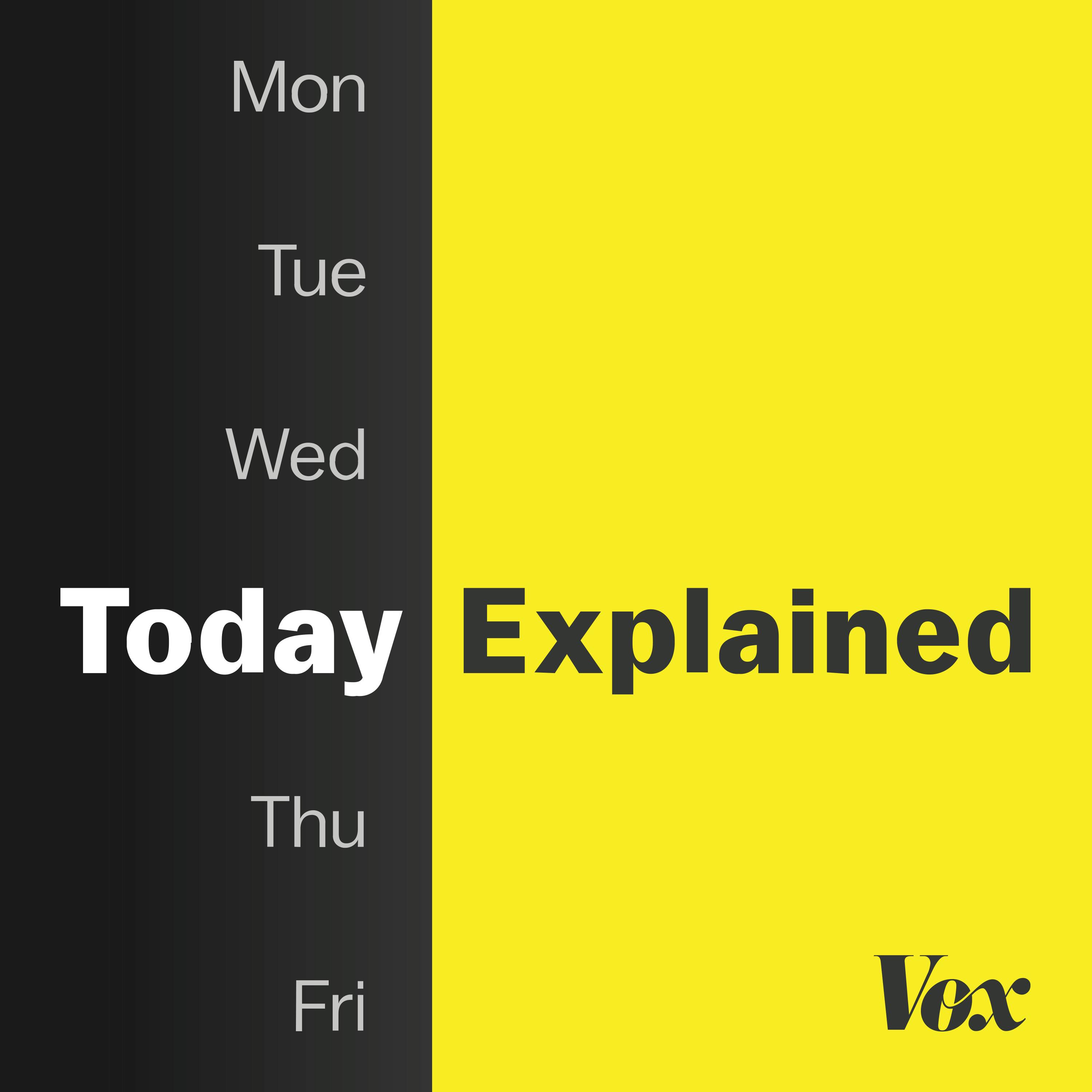
There's a new tariff in town

Today, Explained
Deep Dive
Why did President-elect Trump propose tariffs as part of his economic plan?
Trump proposed tariffs to address perceived unfair trade practices by countries like China, aiming to reduce the U.S. trade deficit and bring back manufacturing jobs lost to overseas production.
How did Trump's first term impact global trade?
Trump's first term saw increased tariffs on a range of Chinese products and some exemptions for traditional allies, leading to minor overall tariff increases and a renegotiation of trade agreements like the U.S.-Mexico-Canada Agreement.
What are Trump's plans for his second term regarding tariffs?
Trump plans to impose tariffs on all Chinese imports, potentially up to 60%, and apply across-the-board tariffs of 10-20% on all countries, aiming to force countries to buy more U.S. goods and create domestic jobs.
What are the potential global reactions to Trump's tariff plans?
Countries like China, Germany, and Mexico are likely to retaliate with their own tariffs, fearing significant economic losses and reduced exports to the U.S. This could lead to a broader trade war with global economic repercussions.
How might Trump's tariff policies affect U.S. consumers?
U.S. consumers could face higher prices for imported goods like electronics, shoes, and agricultural products, potentially leading to inflation and higher interest rates if tariffs are broadly applied.
What is the broader economic theory behind Trump's tariff strategy?
Trump's strategy is based on the belief that higher tariffs will reduce imports, increase exports, and bring manufacturing jobs back to the U.S., countering what he sees as unfair trade practices by other countries.
How did businesses respond to Trump's tariffs in his first term?
Businesses responded by moving production from China to other countries like Vietnam and Mexico to avoid tariffs, rather than bringing production back to the U.S., leading to shifts in global trade patterns.
What is the historical context of U.S. trade policy before Trump?
Before Trump, U.S. trade policy was characterized by bipartisan support for free trade agreements and reductions in tariffs, aimed at increasing productivity, consumer choice, and geopolitical alliances through economic bonds.
What are the potential long-term outcomes of Trump's tariff policies?
Long-term outcomes could range from a significant reduction in global trade and economic growth to a renegotiated global trade system with higher tariffs and a more realistic view of countries like China not playing by traditional rules.
- Tariffs are taxes on imported goods, increasing costs for consumers.
- Trump believes other countries take advantage of the U.S. through unfair trade practices.
- Past U.S. policies focused on lowering tariffs and fostering free trade agreements.
Shownotes Transcript
Trump’s tariffs could remake world trade. The Wall Street Journal’s Greg Ip explains the president-elect’s plan and how the world is preparing.
This episode was produced by Amanda Lewellyn and Haleema Shah, edited by Amina Al-Sadi, fact-checked by Laura Bullard, engineered by Andrea Kristinsdottir and Rob Byers, and hosted by Noel King.
Transcript at vox.com/today-explained-podcast)
Support Today, Explained by becoming a Vox Member today: http://www.vox.com/members)
President-elect Donald Trump and China's president Xi Jinping outside the Great Hall of the People in Beijing in 2017. Photo by Qilai Shen/Bloomberg via Getty Images.
Learn more about your ad choices. Visit podcastchoices.com/adchoices)